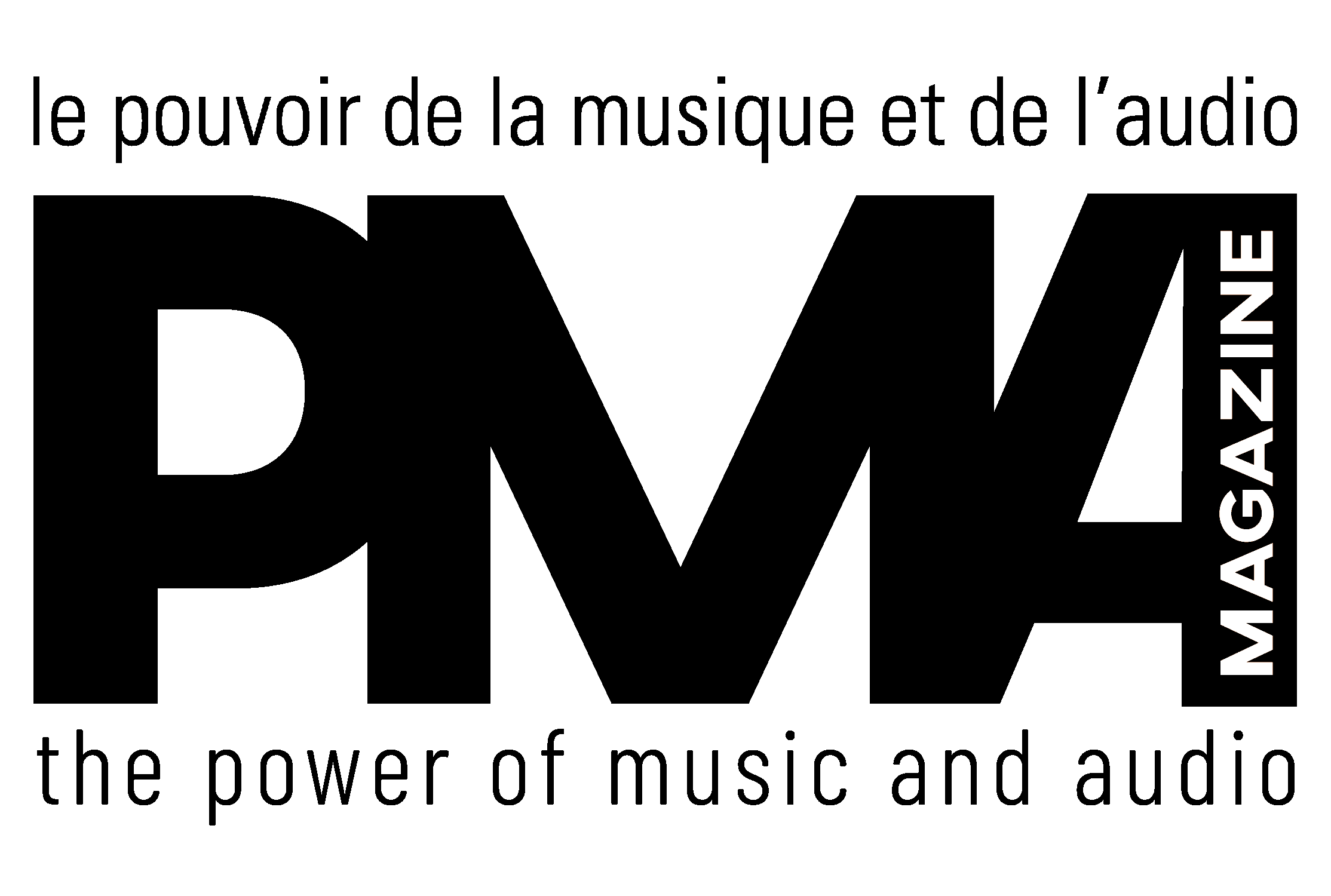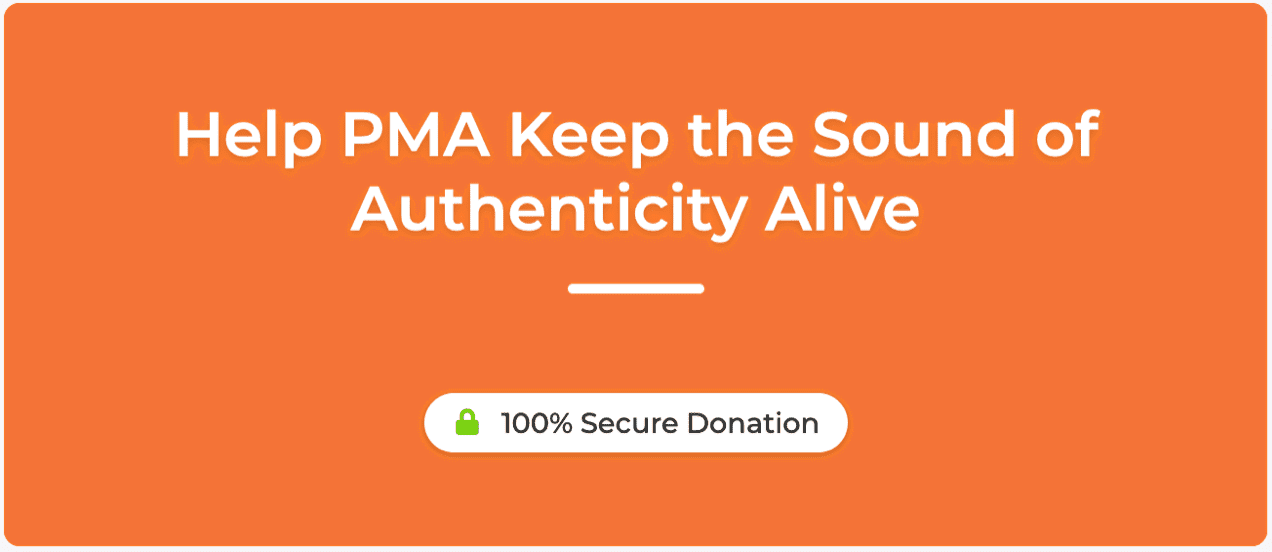
Let’s just say it: the hi-fi world has a bit of an image problem. Not in the sense that anyone doubts the technical wizardry of its gear, but in the glaring disconnect between the high-minded pursuit of audio purity and the somewhat grim reality of the people actually making the music.
Because while audiophiles are busy chasing lossless nirvana through equipment that costs more than a semester at Juilliard, the artists they claim to revere are often stuck crowdfunding studio time or whispering their vocals into a refurbished SM58 in someone’s closet.
And yet, at every industry event, what do we hear? The same well-worn demo tracks wheeled out like aging lounge singers who know exactly what side their bread is buttered on. Yes, yes, Diana Krall sounds great on a $40,000 rig. But maybe—just maybe—it’s time for some new material.
Here’s a wild idea that shouldn’t be: what if hi-fi companies actually supported the creation of music? Not just the playback of it. Imagine if every one of these audio titans sponsored a musician. One artist. One year. That’s it.
It’s not radical. It’s math. Marketing budgets get blown on glossier brochures and sleeker Instagram ads. Redirect a slice of that into funding actual albums—the kind designed to sing on high-end systems—and suddenly you’re not just selling a product. You’re shaping the culture around it.
The payoff? Immediate and everywhere. An artist backed by a hi-fi brand gets a platform, resources, and the freedom to create without the existential threat of rent looming overhead. Instead of praying their latest track doesn’t disappear into the Spotify abyss, they get to make something ambitious, knowing someone actually believes in the end result.
For the company, the benefits are just as compelling. Commission exclusive performances, build immersive listening events, release albums that are more than sonic wallpaper—make the art as sharp as the tools that play it. This isn’t charity. It’s brand alignment with substance.
And here’s the added twist: fans notice. If a beloved artist is championed by a hi-fi company, that company isn’t just another logo—they become part of the narrative. A potential ally. When those fans start thinking about upgrading from their earbuds, guess which brand they’ll remember?
Then there’s the delicious irony: give musicians access to the kind of gear normally sequestered in the homes of acoustics-obsessed retirees, and suddenly they’re not just recording—they’re experimenting. They’re pushing the boundaries. Instead of cramming their sonic ambitions into tinny laptop mixes, they’re sculpting immersive soundworlds meant to thrive in high-fidelity. Ambient suites with terrifying precision. Jazz with the spatial nuance of a live set. Pop tracks that use spatial audio not as a gimmick but as architecture.
Oh, and bonus: more music gets made. Fresh music. Weird music. Gorgeous, experimental, messy, transcendent music. The kind that reminds people why sound matters in the first place.
Some companies are already catching on. Forté, for example, sells high-end gear through forte-distribution.ca and supports original music via forteartmusic.com. Audio Note UK has a long history of recording and releasing music that reflects its audio philosophy—Vincent Bélanger’s “Pure Cello,” for instance, was engineered specifically with their sonic ideals in mind. Meanwhile, Moon by Simaudio has backed emerging artists through its MOON Music Prize, helping produce debut albums with proper studio time, vinyl pressings, and the kind of care audiophiles claim to value. They aren’t just selling hardware; they’re backing the creative force that gives it purpose. It’s the kind of common sense decision that feels like it should’ve been industry standard from the start.
So what’s everyone else doing? Still chasing the holy grail of sonic purity while ignoring the holy mess of creation. Still polishing the same jazz standards while the next great album dies on someone’s hard drive.
Here’s the truth, in case it got buried under a pile of speaker specs: without good music, your immaculate setup is just a shrine to silence. The gear is only as meaningful as the art it serves.
So if the hi-fi world wants to matter in the long run, it needs to stop being a museum and start acting like a patron. Fund the music. Sponsor the chaos. Be part of something that actually lives.
It’s time to prove the passion isn’t just for the gear but for the music itself. And if companies like Forté can do it, then everyone else is out of excuses.















Leave a Reply